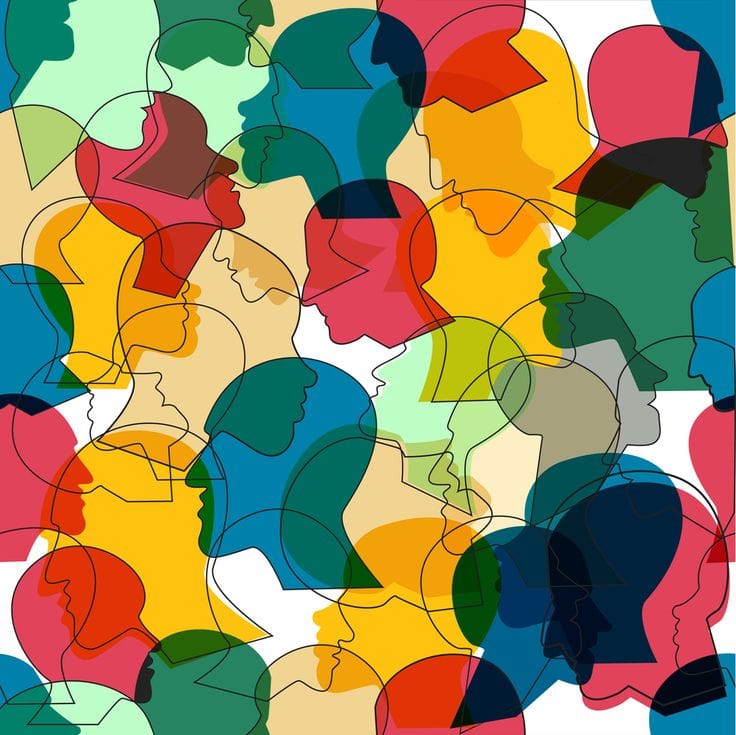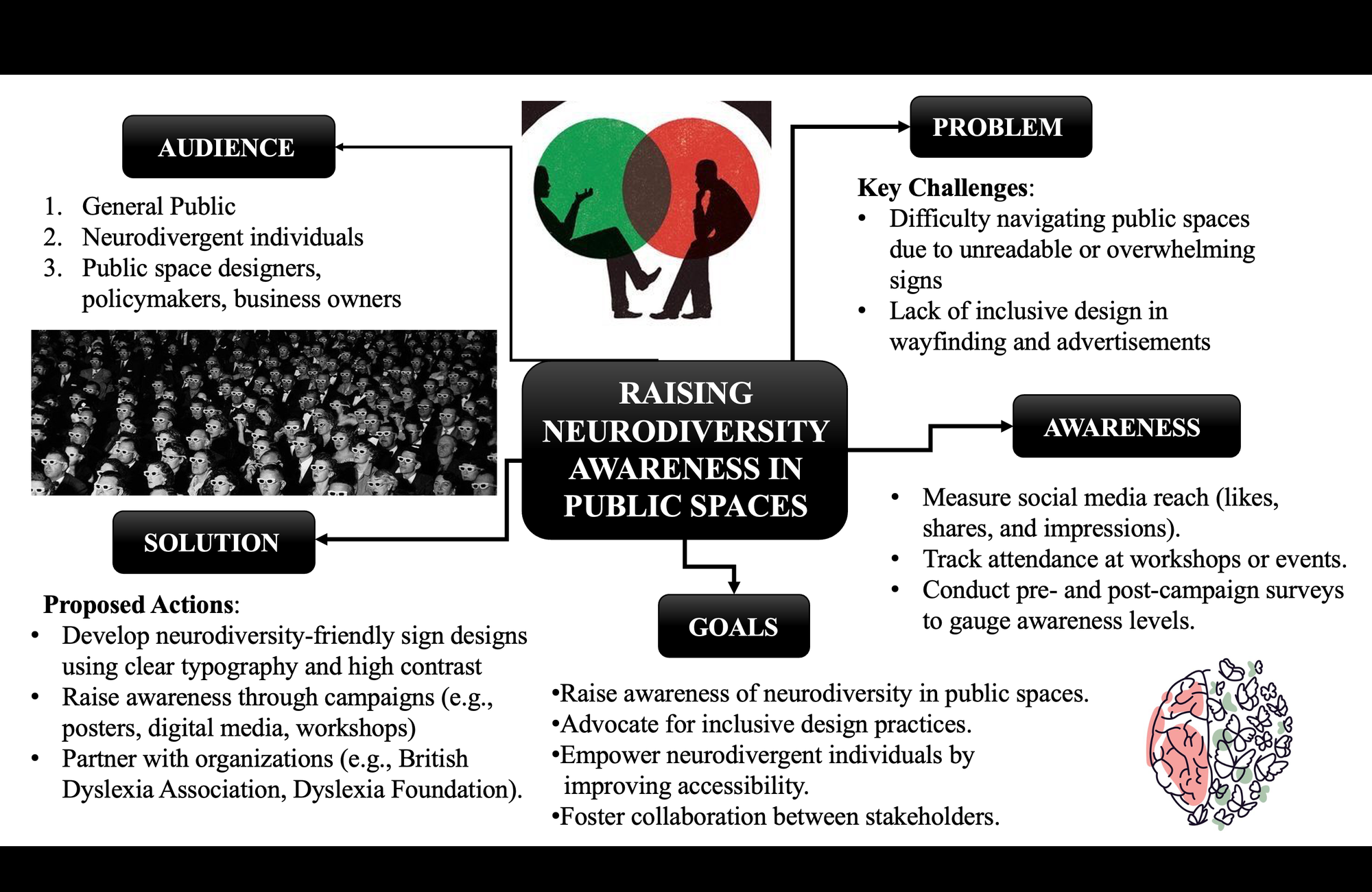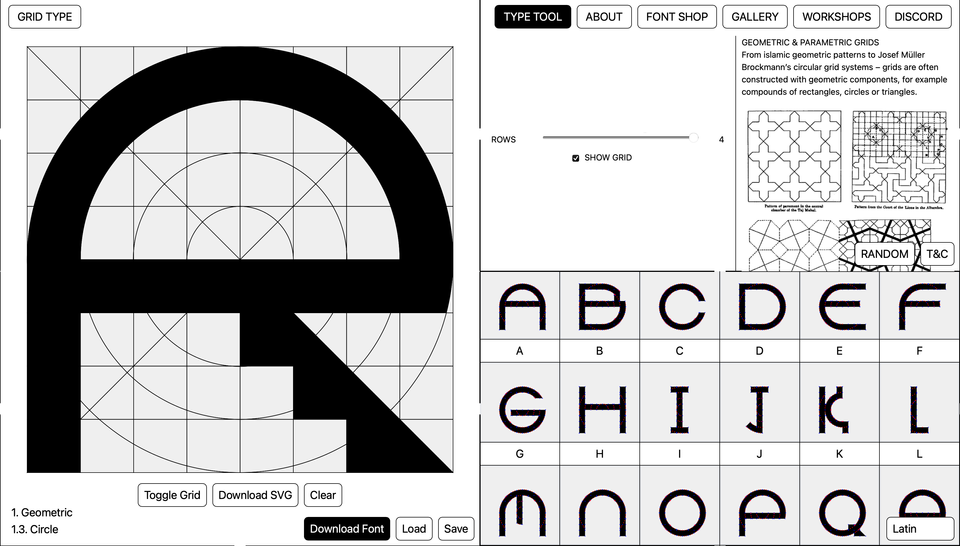RAISING NEURODIVERSITY AWARENESS IN PUBLIC SPACES

For this module, I decided to campaign on raising awareness of neurodiversity in public spaces, focusing on how difficult it can be for neurodivergent individuals, particularly those with dyslexia, to read and understand public navigation and advertisement signs. Specifically, I explored how wayfinding signs can hinder these individuals from completing everyday tasks.
In developing my approach, I looked at impactful campaigns like the British Dyslexia Association's Awareness Campaign, "Read the Signs" by The Dyslexia Foundation, and Microsoft's Inclusive Design for Dyslexia. These campaigns demonstrated how design and technology can work together to address accessibility challenges. For my presentation slide, I incorporated elements from these campaigns, focusing on creating a sense of confusion and disorientation through chaotic typography. This is meant to evoke the experience that many neurodivergent individuals face daily when trying to navigate spaces.




Websites like PSHRA (Public Sector HR Association) emphasise the importance of raising workforce neurodiversity awareness through initiatives such as surveys and campaigns. For example, their survey highlights how government agencies can better understand and address the needs of neurodivergent employees. By identifying gaps in awareness and inclusivity, these efforts aim to create more equitable workplaces. This approach demonstrates the significance of gathering data and engaging directly with stakeholders to shape effective campaigns, which can also inspire public space design to be more inclusive for neurodivergent individuals.





